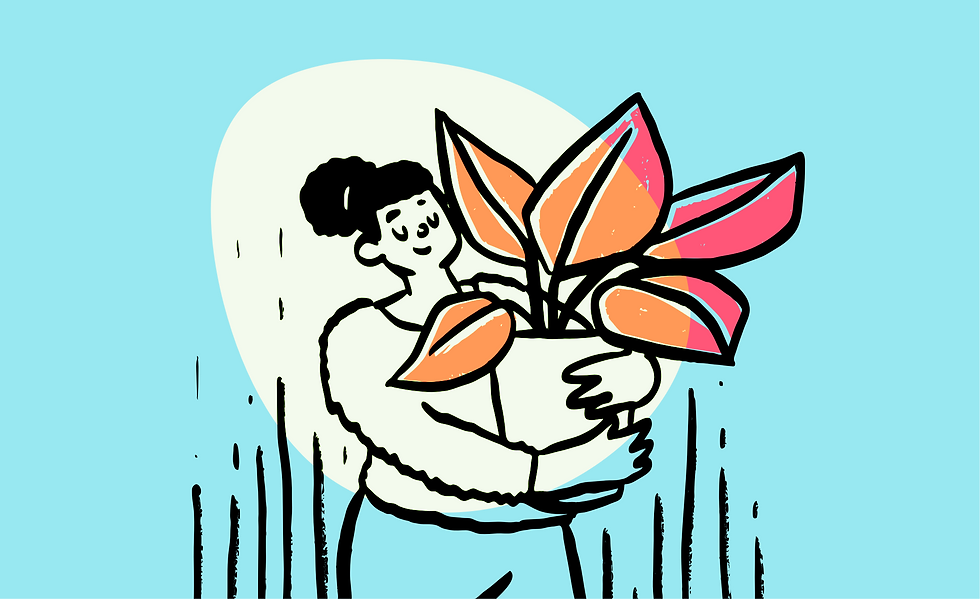Game Changers: ACOA 12-Step
- Gina Greenlee, Author
- Jun 2, 2024
- 2 min read
Updated: Jun 12, 2024

Early in my psychotherapy journey, my therapist encouraged me to attend an Adult Children of Alcoholics (ACOA) 12-step group. She said I didn’t need to attend the group regularly, perhaps once or twice.

“Even though your parents weren’t alcoholics your family dynamics are similar to those for people whose parents drink, “she said. “You have this fantasy, Gina, that you’re the only one in the world with a troubled childhood. I want you to go to one of these 12-step meetings so you can see that you are not. A lot of what you’ll hear will sound familiar to you.”

I Googled, found a group near where I was living at the time in the state of Connecticut. No one at this meeting looked like me. I was the only Black person in the group. And one of the youngest at that time.

Yet, as I listened, the stories flabbergasted me. No, my parents didn’t drink. At all. But the adult behaviors I was struggling with – hypervigilance, exaggerated startle response, (a biologically programmed sequence of movements to keep us safe in the face of sudden danger,) defensiveness, anxiety attacks – were fallout from toxic family-of-origin dynamics. These days, the term often used in popular culture is post-traumatic stress disorder (PTSD).

I wasn’t the only one. That was comforting. Not that I relished others experiencing childhood trauma (some worse than my history), but I wasn’t alone.
Also, many of the ACOA stories came from people who had siblings. I am an only child and always imagined that if I had a sibling it would have been easier for me. That sibling could have shared the burden of the household nuclear waste. That was fantasy, too.

Two decades have passed and from my efforts in psychotherapy and beyond, I live with a highly functional tool kit for living with childhood trauma. It doesn’t go away. Only recently do I understand why through the work of Dr. Gabor Mate.
How that Changed the Game

Attending a few ACOA meetings gave me hope. Feeling like I wasn’t “the only one” helped me to persevere during those early psychotherapy years permeated with a depressive mantra of “why bother to do this work?”
I began the journey of entering more boldly into resilience, an attribute that had allowed me to survive the trauma. And to imagine how resilience might serve me beyond survival if I viewed it as strength and not the tarnish of feeling fundamentally “broken.”
“Why me?” Another obsessive thought I practiced releasing. My therapist was clear: “That question will get you nowhere except a deep, dark hole.”
That self-questioning kept me in victim mode. If I wanted a better quality of life, then I needed to ask myself better questions.

